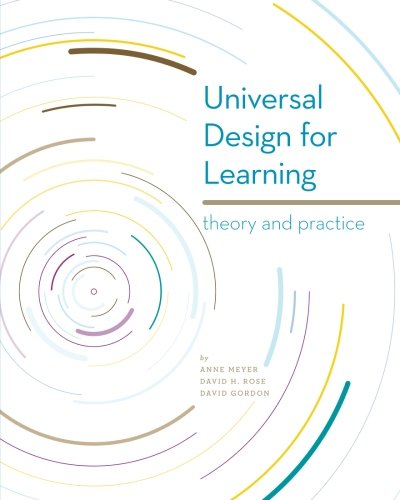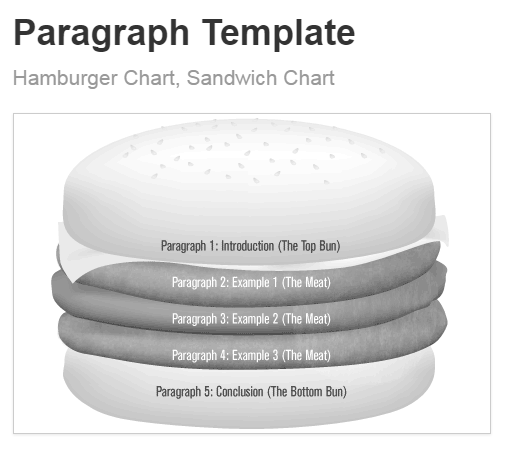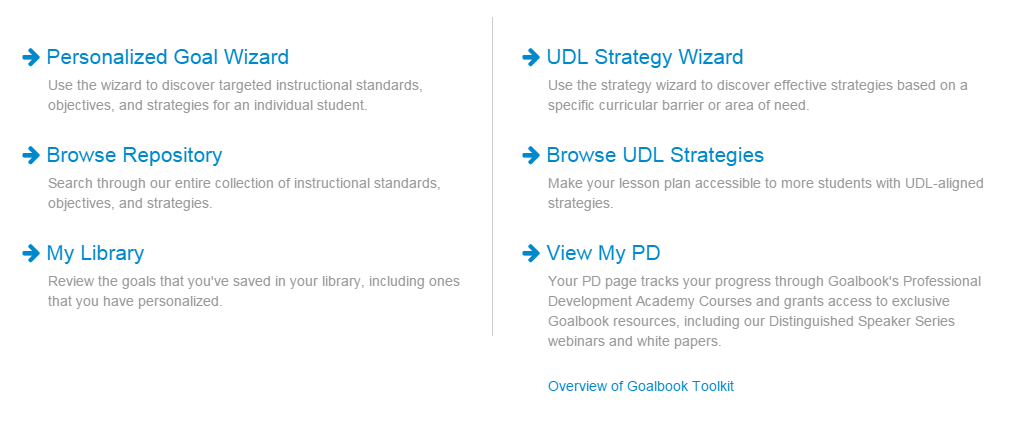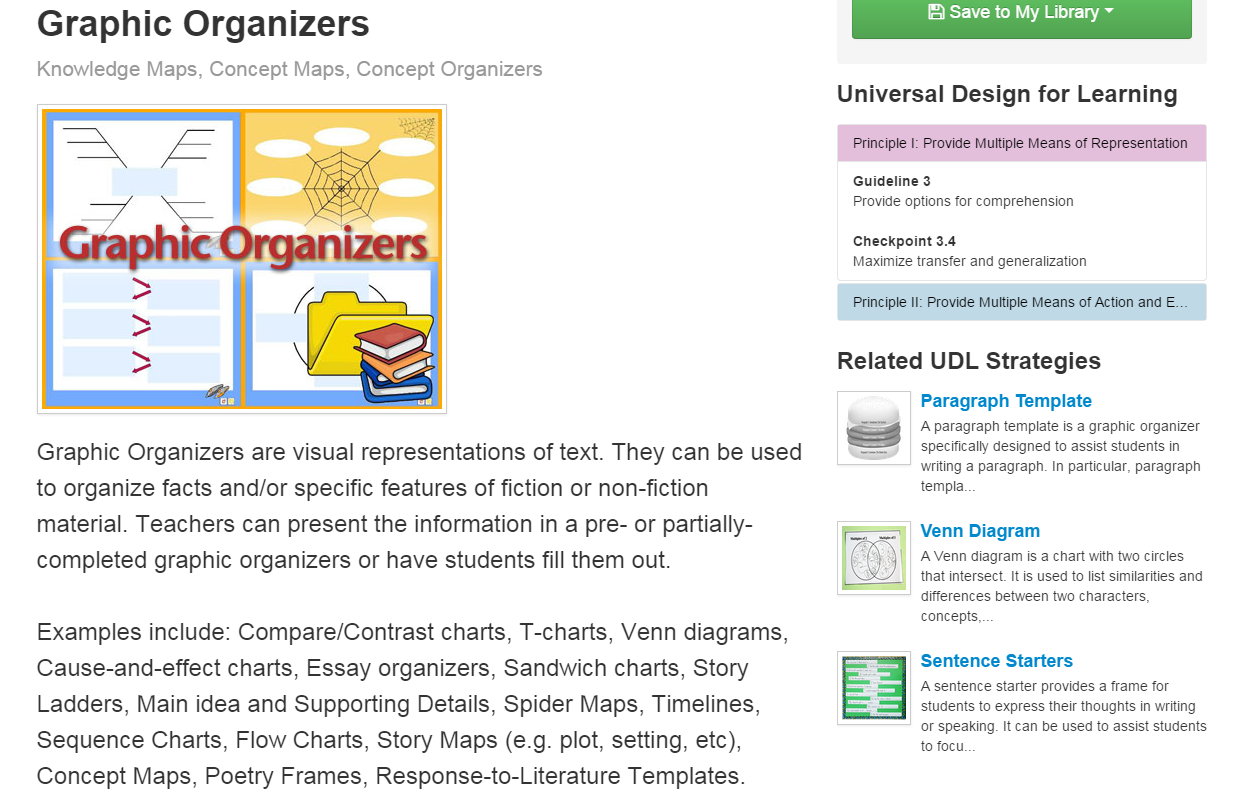
Organizers of any kind, whether they are concept maps, flow charts or story maps, are a good way to assist students to connect foundation knowledge with current and new learning/concepts. What they also can do is help students understand how they learn, they then can master new learning at any phase of their lives.
My experience this week has provided new insights into organizers. I had the opportunity to attend a conference this week – Enhancing College and Career Readiness for Students with Disabilities in Urban Schools. Even though Sumner is not urban, as a suburban school district, we still face the same challenges, but to a lesser degree. There are several local districts that participate in “The Urban Collaborative”; Bellevue School District was there presenting: School-to-Work: Success for ALL. It was inspiring to see how school districts all over the country prepared their students with mild to severe disabilities to be college and career ready.
 Learning strategies for disabled students are guided by Universal Design for Learning (UDL), which provides a framework for teachers on how they can create curricula that supports the needs of all students. The guidelines of the framework, assist instructors in planning lessons for those students with special needs, by providing assistance on how to create goals, methods, materials and assessments for supporting students with learning challenges.
Learning strategies for disabled students are guided by Universal Design for Learning (UDL), which provides a framework for teachers on how they can create curricula that supports the needs of all students. The guidelines of the framework, assist instructors in planning lessons for those students with special needs, by providing assistance on how to create goals, methods, materials and assessments for supporting students with learning challenges.
Ausubel, quoted in Classroom Instruction that Works, says: “The advance organizer model is designed to strengthen students’ cognitive structures—their knowledge of a particular subject at any given time and how well organized, clear, and stable that knowledge is (Ausubel, 1963, p. 27).” (Page 200)
There are several types of advance organizers and the difference between just organizers versus advanced organizers are in the timing of their use and the intent. UDL suggests types of organizers varying by disabilities that are effective in communicating to students what you expect them to learn, in addition to increasing student engagement and interest.
We want to tell students exactly what they are going to learn, setting up the organizer so that the previous knowledge is available and clearly defined. Even with organizers, questioning strategies are needed so that the students learn how to build their knowledge within these boundaries. By using questioning stems, as reviewed in our previous post, students can learn to make connections. Understanding the connection with prior knowledge allows the student to feel better about what they know. Even though teachers find success with a certain type of organizer, by varying the styles and approach, students begin to understand the relationship between the processes and not just memorizing how to set up the answers to the questions.
One benefit to graphic organizers is that they scaffold the learning process and can guide the students. Another powerful way to for students to evaluate the data and or the relationship between data is to use the computer to create graphs and visuals. Excel, a powerful program that at minimum students can graph data points and edit them to see what would happen if the points changed. While it is not as dynamic as graphing programs designed for the specific purpose, even the simplest models can help solidify a concept. With all the technology available, teachers shouldn’t be using simple recall strategies, but instead application strategies.
At the conference, I learned of a product called GoalBook. The vendor, Enome, Inc. has created an on-line resource that helps teachers differentiate learning for students with disabilities. The program connects strategies by instructional standards and the levels of assistance needed by individual students.
One of the UDL strategies is using Graphic organizers. The program explains their uses as it relates to instructional needs:
Additionally, I learned several different organizers, one called the Hamburger Chart, which is a paragraph template.

The conference provided the opportunity to expand my knowledge on strategies for students with disabilities, and tied into our instructional strategy for this week. It was a great week.
Dean, Ceri B.; Hubbell, Elizabeth Ross; Pitler, Howard; Stone, Bj (2012-01-05). Classroom Instruction That Works: Research-Based Strategies for Increasing Student Achievement, 2nd. Association for Supervision & Curriculum Development.
Goalbook Toolkit. (2014, August 4). Retrieved April 27, 2015, from https://goalbookapp.com/toolkit/
Joyce, Bruce R.; Weil, Marsha; Calhoun, Emily (2014-06-05). Models of Teaching (9th Edition. Pearson).
Meyer, A., & Rose, D. (2014). Universal design for learning: Theory and practice. Cast Incorporated.
The Urban Collaborative. (n.d.). Retrieved April 26, 2015, from https://www.urbancollaborative.org/

